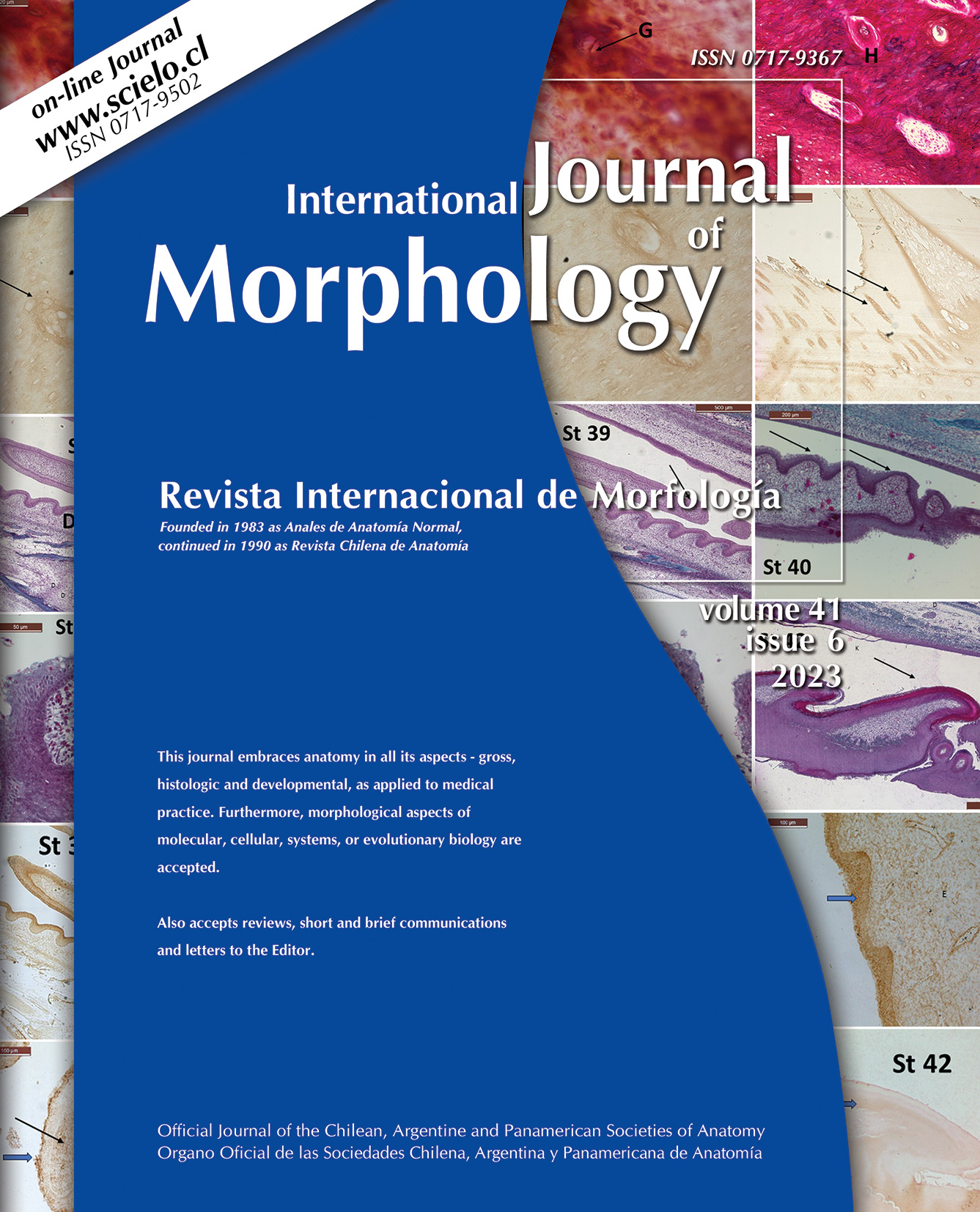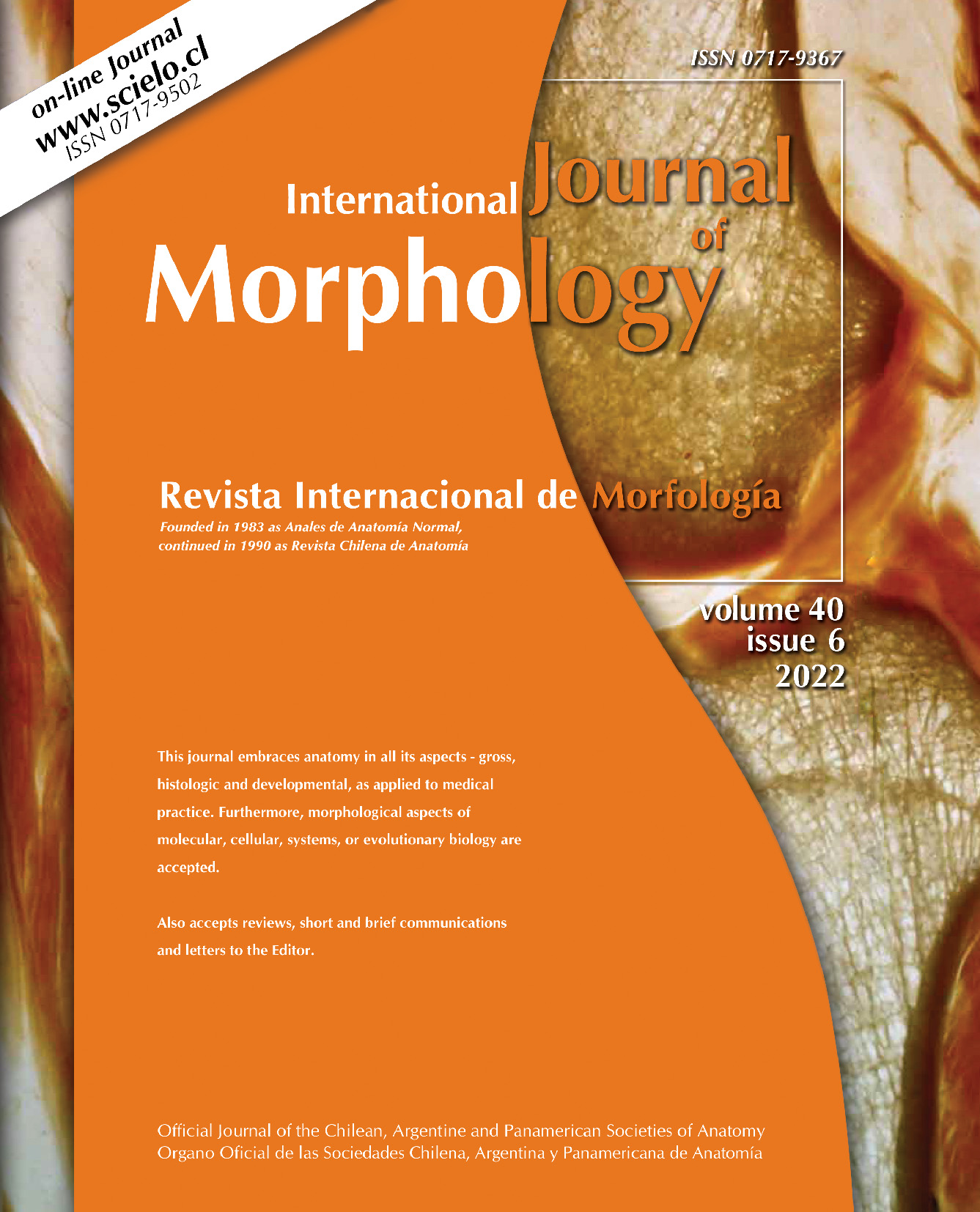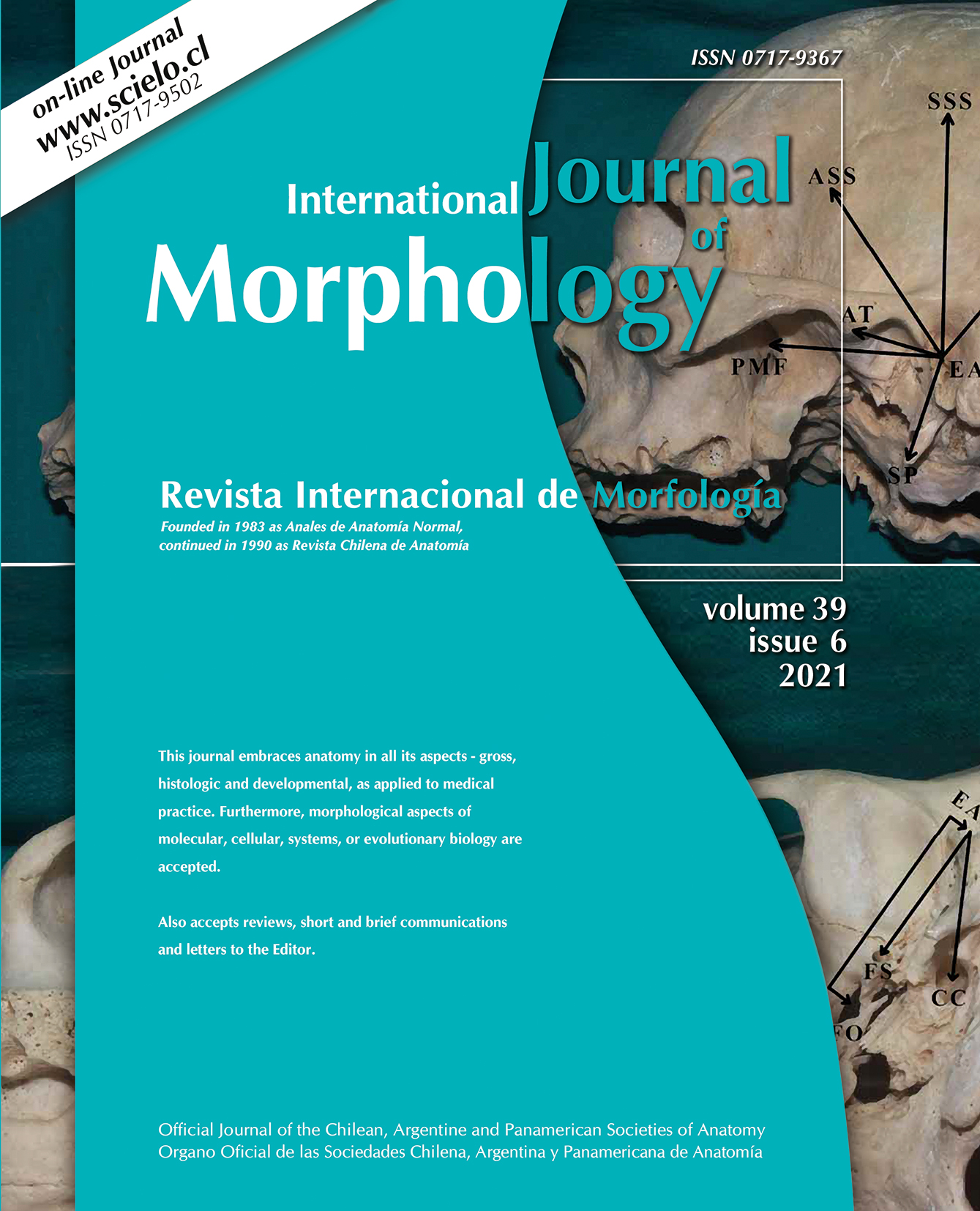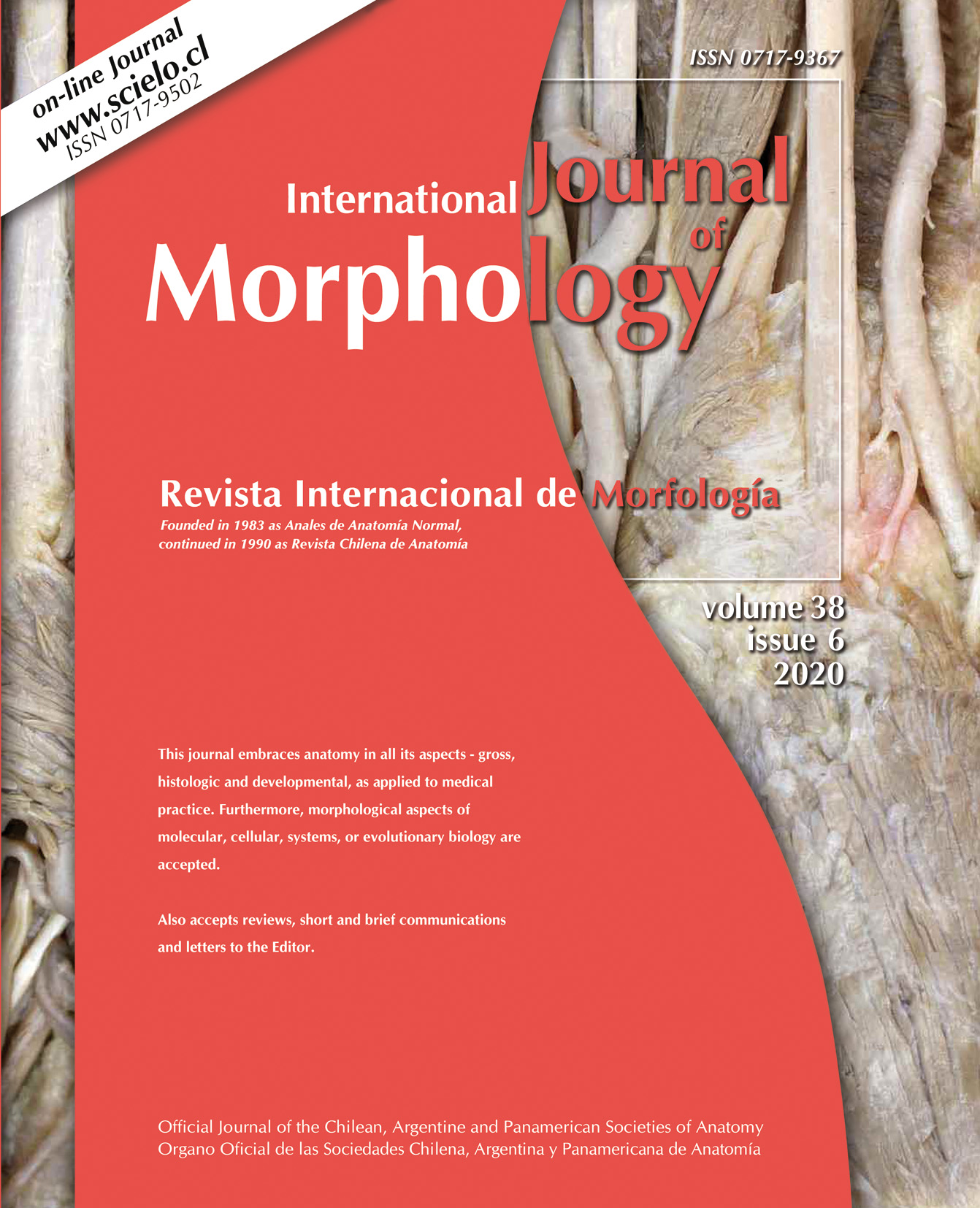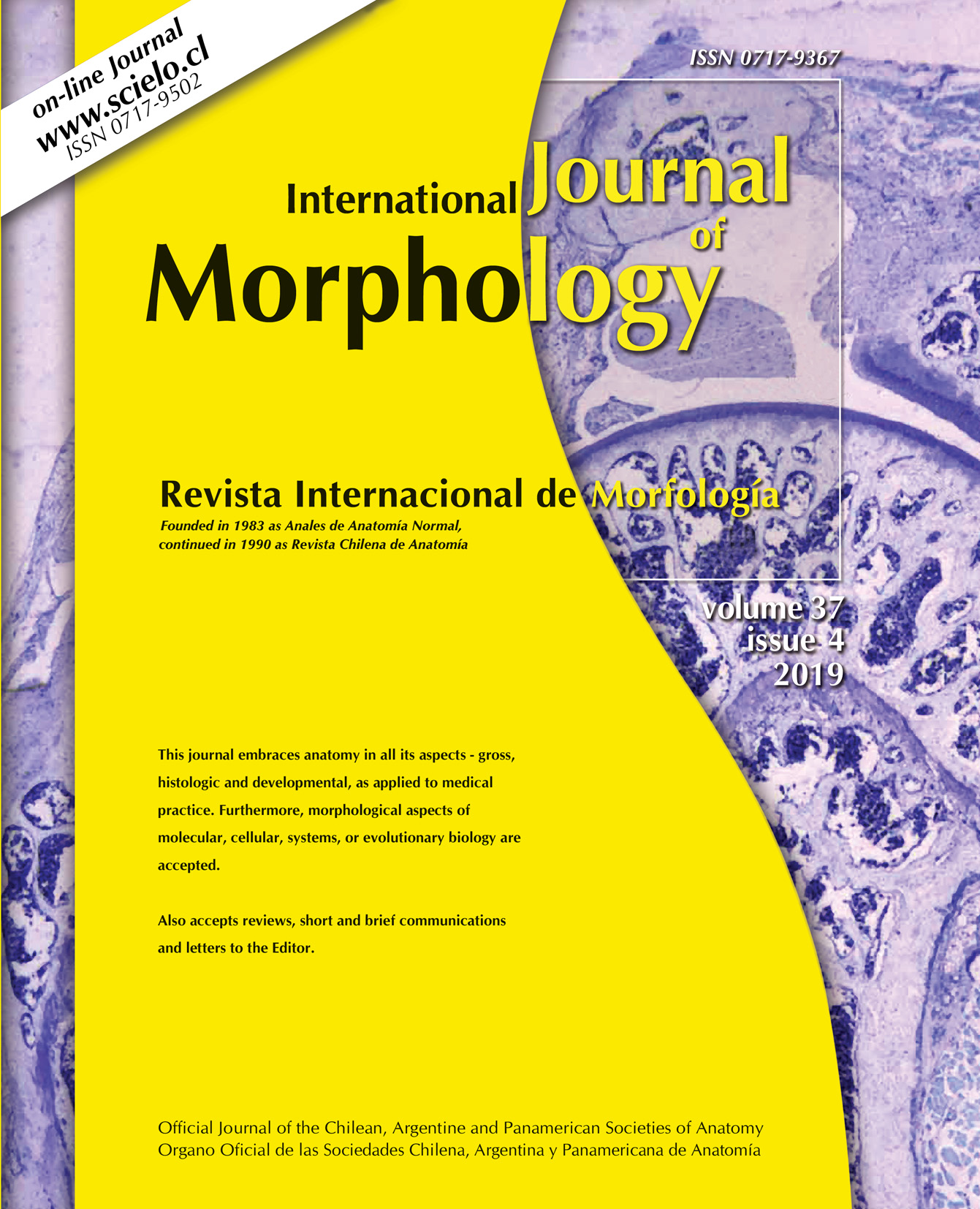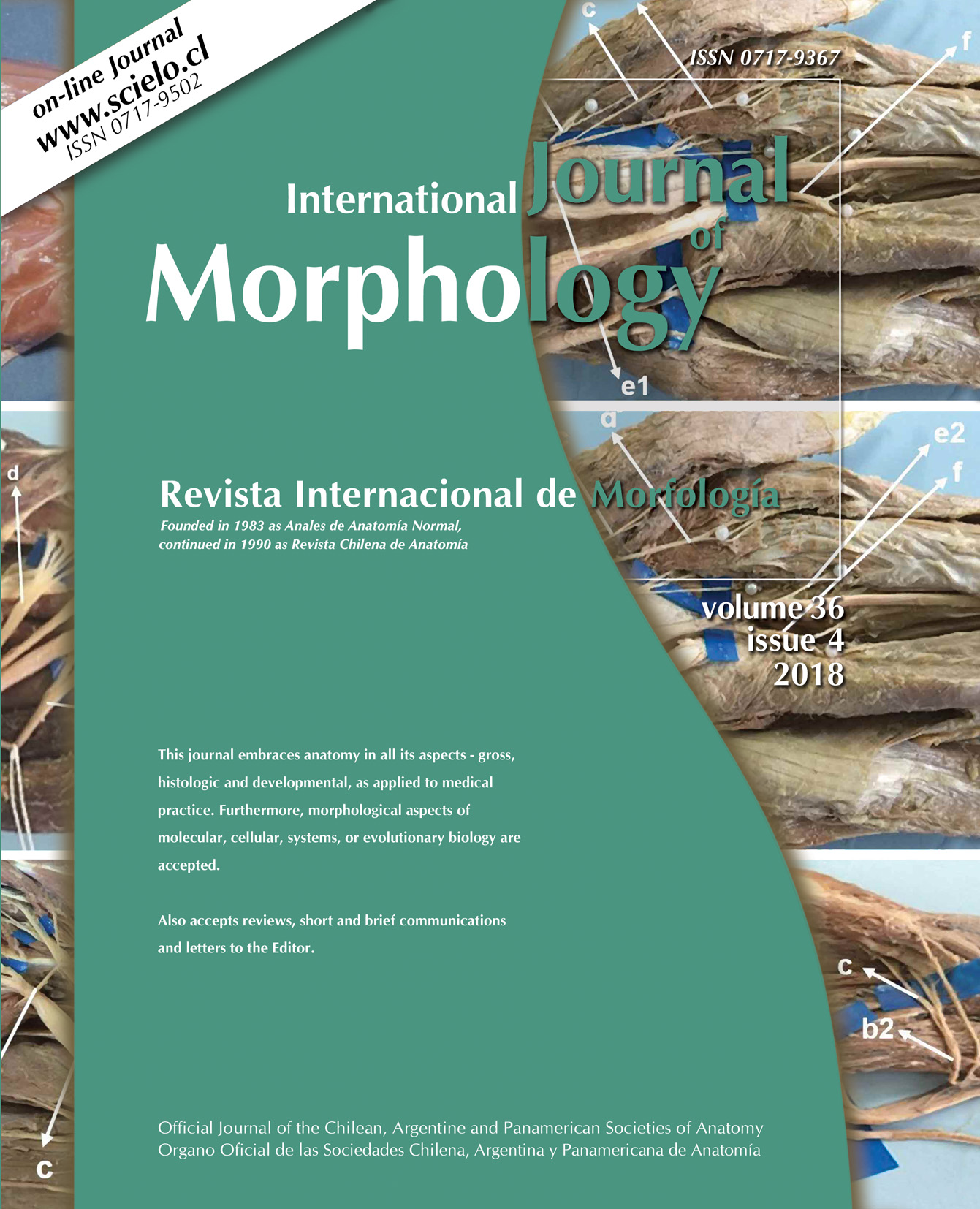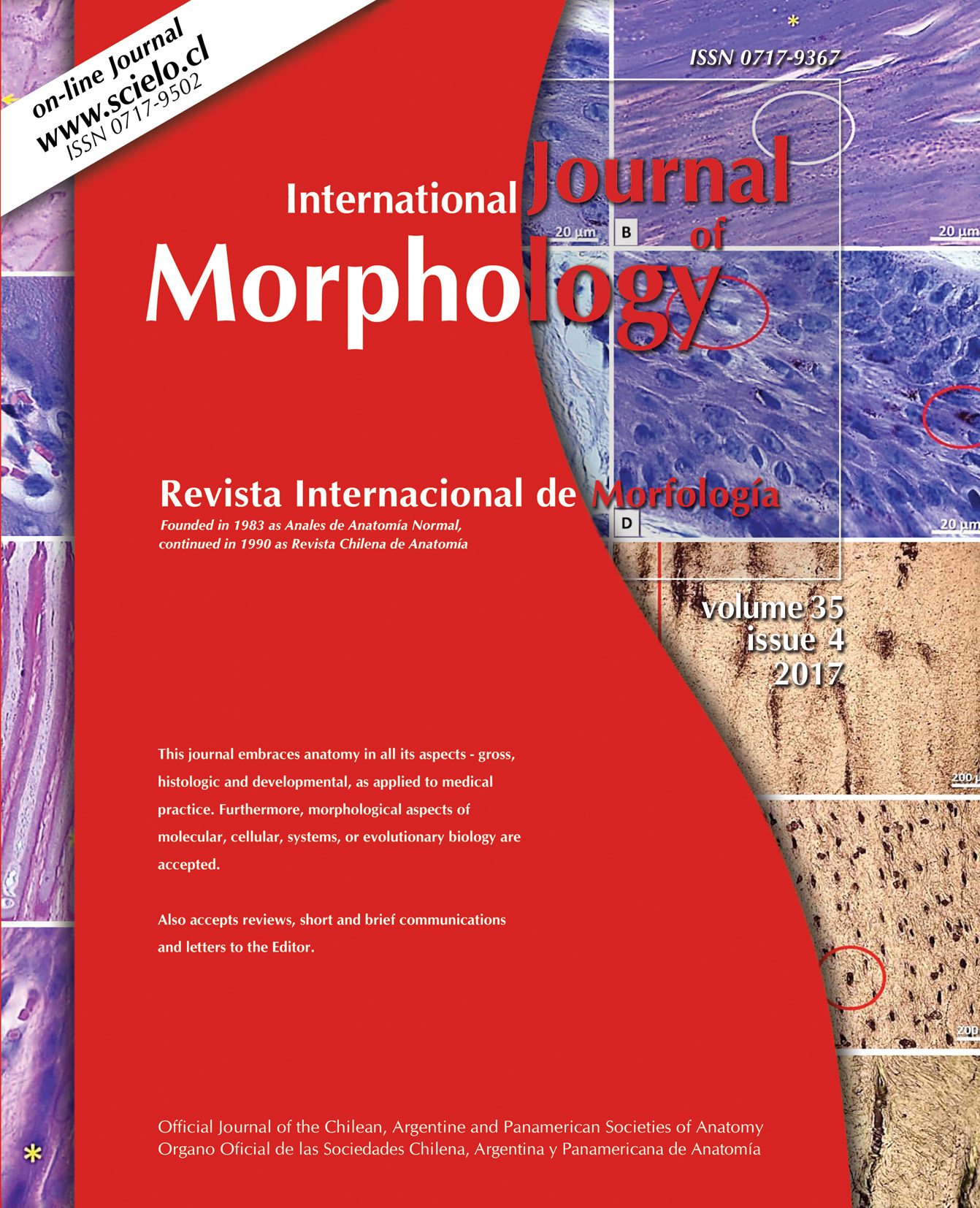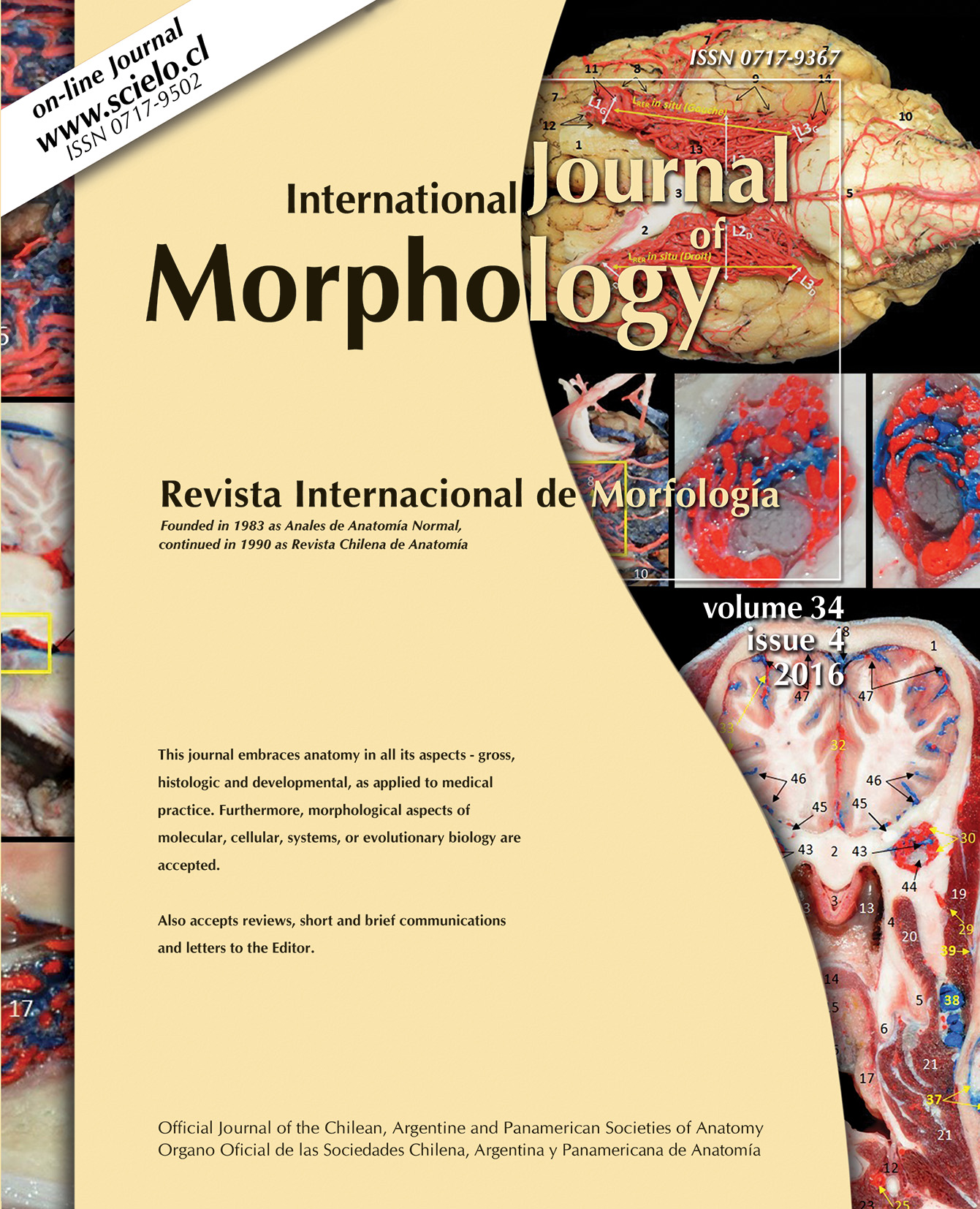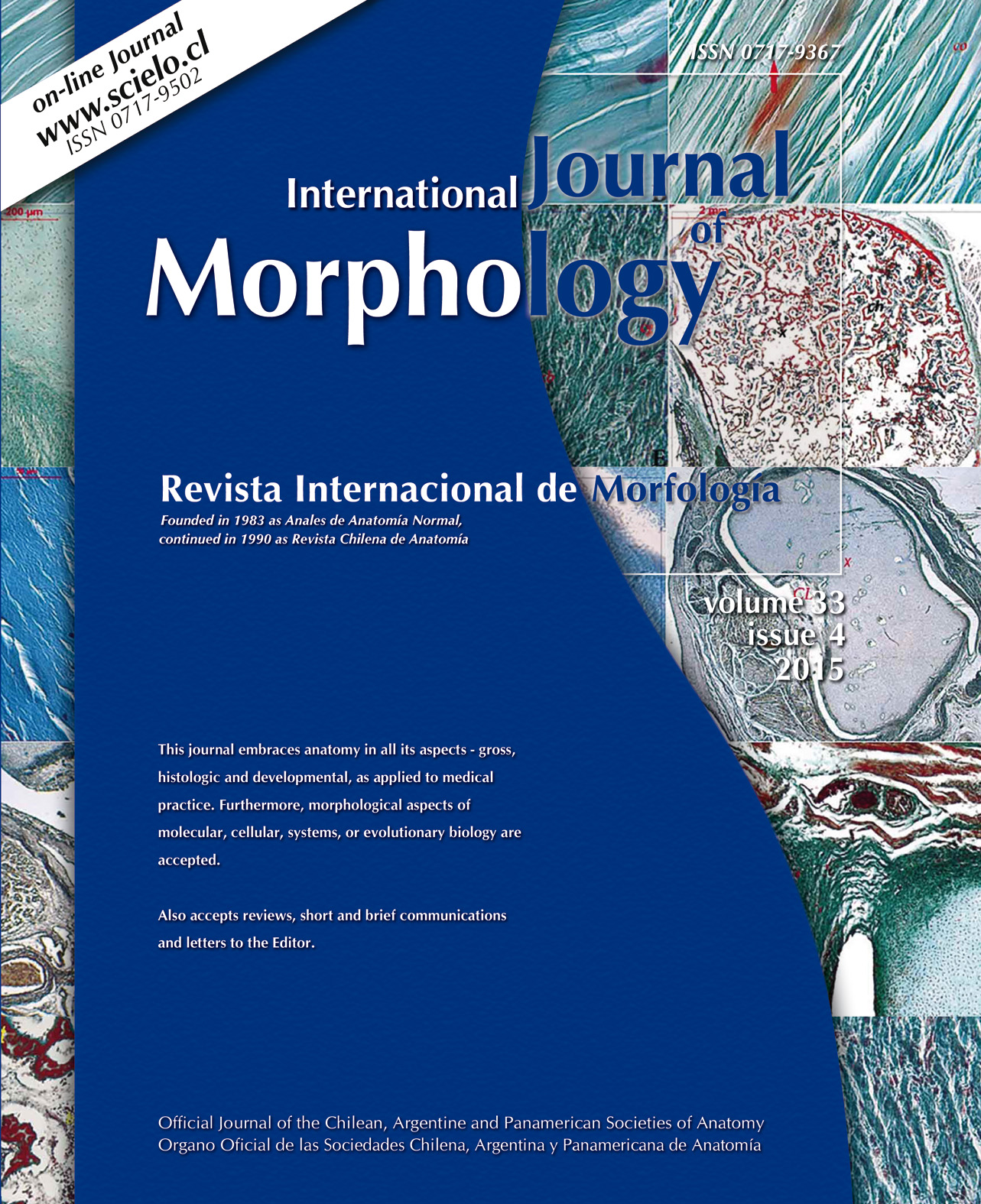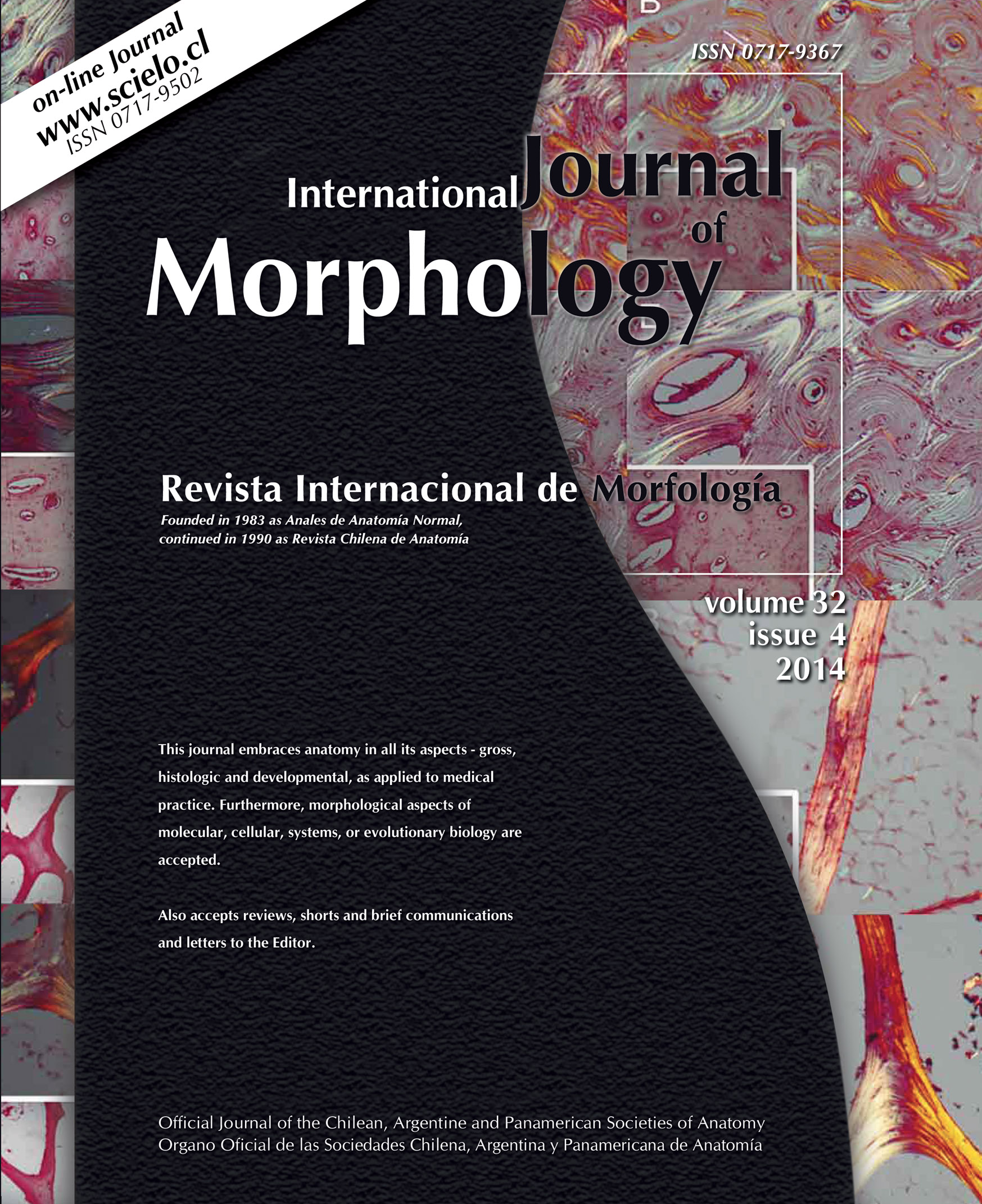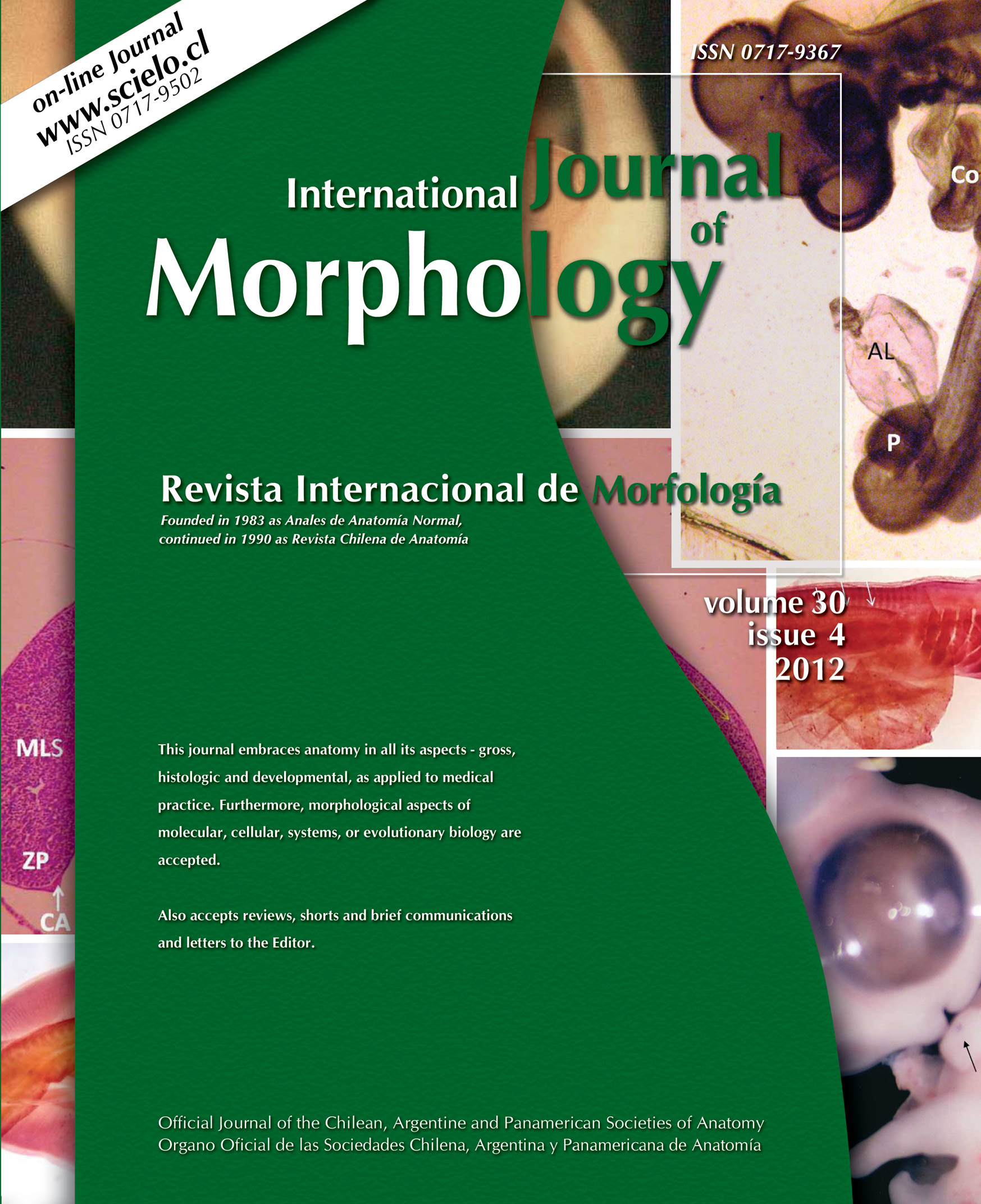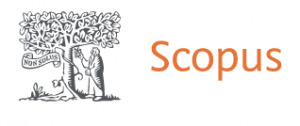The Terms Rubrum, Luteum and Albicans in Terminologia Anatomica of the Ovary
Víctor Vaca-Merino; Ruth Maldonado-Rengel; Cristopher Nicolson; Bélgica Vásquez & Mariano del Sol
Summary
The aim of this article was to review the etymology of the terms Corpus rubrum, Corpus luteum and Corpus albicans, to identify if the way of naming them in the different lists and international terminologies are in accordance with the FIPAT suggestions and to analyze and reflect on the relevance of these terms in the Terminologia Anatomica. Firstly, the meaning of the Latin roots of the terms: Corpus rubrum, Cor- pus luteum and Corpus albicans were searched in the dictionaries: of the Royal Academy of Language, latest update; of the Medical Terms of the Royal National Academy of Medicine in Spain; in the Vox dictionary, Spanish Latin. Then we investigate the history to know since when these terms are used, as well as the review of the different anatomical, histological and embryological lists and terminologies from 1955 to date. The search reported that these Latin adjectives should be translated as follows: rubrum as red; luteum as yellow and albicans as albicante which means to whiten, therefore, the correct translation should be: Red body, Yellow body and Albicans or white body of the ovary, they are also transitory and functional structures. The terms Corpus rubrum, Corpus luteum and Corpus albicans that identify ovarian structures in the Terminologia Anatomica and Terminologia Histologica should be reviewed since they are transitory structures and their name only indicates the color they acquire at the functional moment and refers to the changes that the same structure presents.
KEY WORDS: Terminologia Anatomica; Corpus rubrum; Cor- pus luteum; Corpus albicans.












